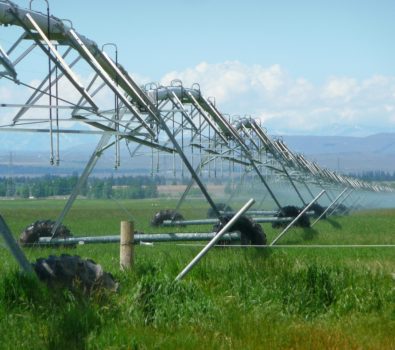What is with all of the wasted food, hell we’ve got enough to feed the world, but sadly it’s a transportation issue or supplies challenge. Recall produce is perishable, and so, agriculture is always challenged to find those products to market. Okay so, let us talk about possible solutions to those challenges. At the Journal of Health Affairs there was in a fascinating piece of research (November 2015)”Reducing Food Reduction And Waste While Enhancing The Public’s Health” by Roni A. Neff1, Rebecca Kanter, and Stefanie Vandevijvere, using an abstract that noted: “An estimated 30 percent of the worldwide food supply is wasted or lost, as is roughly 40 percent of the US food supply.
You will find valuable synergies between attempts to reduce food reduction and waste and people promoting public health,” and”Some interventions are both challenges and opportunities. With deliberate planning and actions, challenges can frequently be addressed and turned into opportunities. In other circumstances, it might be necessary to strike a balance between possible benefit in 1 area and the risk of injury in another.”
The same issue had a paper titled; “A Food Systems Approach To Healthy Food And Agriculture Policy,” by Roni A. Neff, Kathleen Merrigan, and David Wallinga, where the abstract noted; “This report outlines the diverse ways that agriculture affects public health. It then describes three policy issues: farm-to-school programming, sustainability recommendations from the Dietary Guidelines for Americans, and antibiotic use in animal agriculture. These problems illustrate the progress, challenges, and public health benefits of taking a food systems approach that brings together the agriculture, food, and public health fields.”
Now then, you can obviously find the issue, but what about a solution using robotics? Why waste all that food, particularly food in the area which rots because of the scheduling of labor to select the crops in the optimum time to find the maximum productivity, even if this misses much of what’s available before and after the election? Not long ago, I was cycling by a field of orange-colored Bell Peppers, and I noticed at least 50 full grown peppers sitting at the very first water furrow closest to the street, meaning there were 50 in each row, they grew and weren’t selected in time and wasted, I guess the labor is going to appear in the most optimum time to find the ripest create the most economically, so those peppers prepared before or after the selection are squandered, perhaps 30-40% of them.


